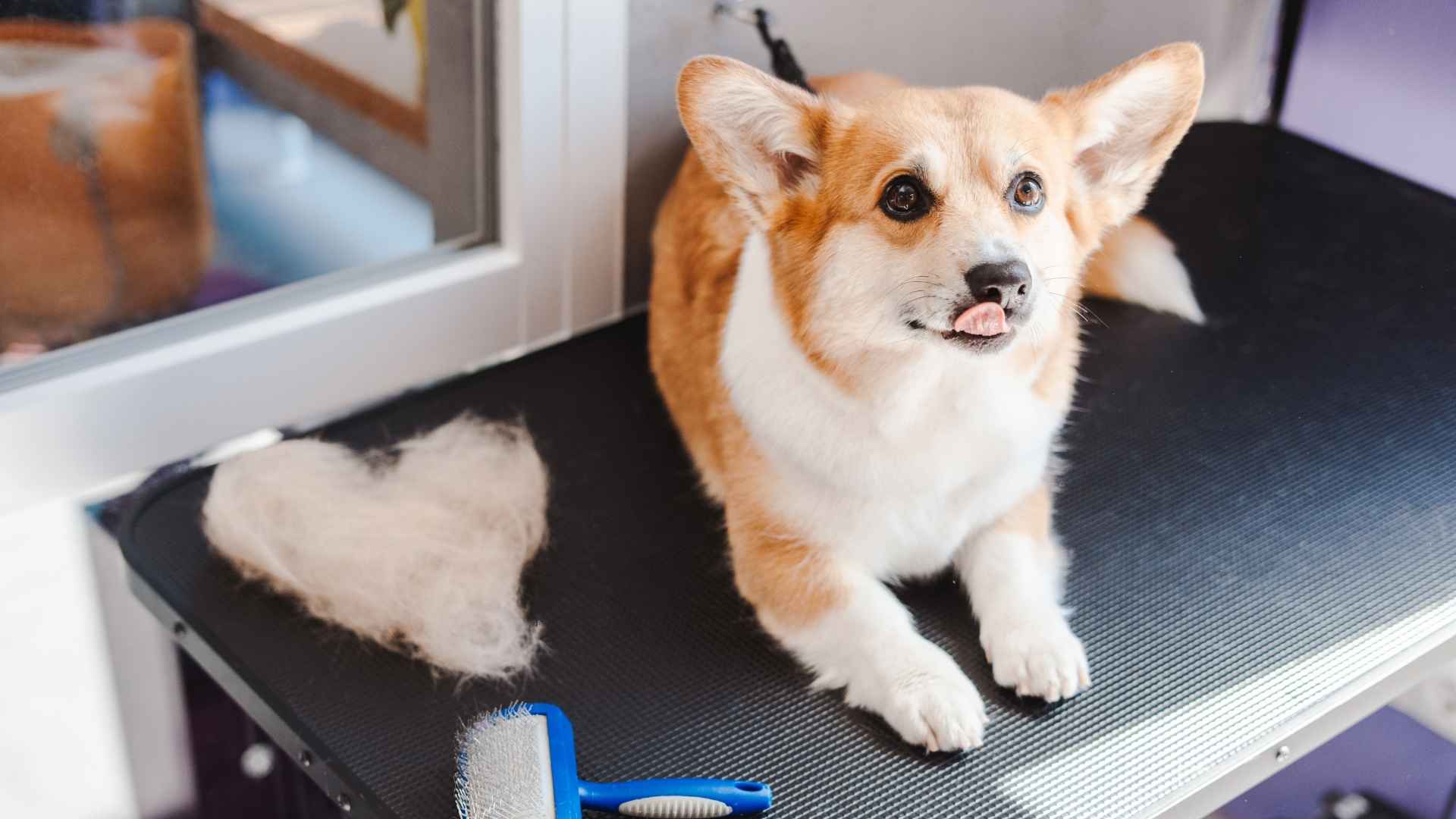Is your vacuum cleaner working overtime? Are fur tumbleweeds a regular part of your home décor? Welcome to the world of high-shedding dog breeds—where fluff is a lifestyle, not a flaw.
These dogs leave their mark everywhere, from your couch cushions to your favorite black sweater. But let’s be honest: we wouldn’t have it any other way.
High-shedding dogs are often some of the most loyal, affectionate, and downright gorgeous breeds you’ll ever meet. Their thick coats were made for cold weather, and their personalities? Warm as sunshine.
Sure, they shed—sometimes a lot—but in return, you get a best friend who always looks like they just stepped out of a dog shampoo commercial.
If you’re not afraid of a little (okay, a lot) of dog hair, this guide is for you. We’ll explore the most famously furry breeds, why they shed so much, and what you can do to manage the fluff. So brush off that lint roller and dive in—these dogs are totally worth the fur-storm.
High Shedding Dog Breeds
1. Akita
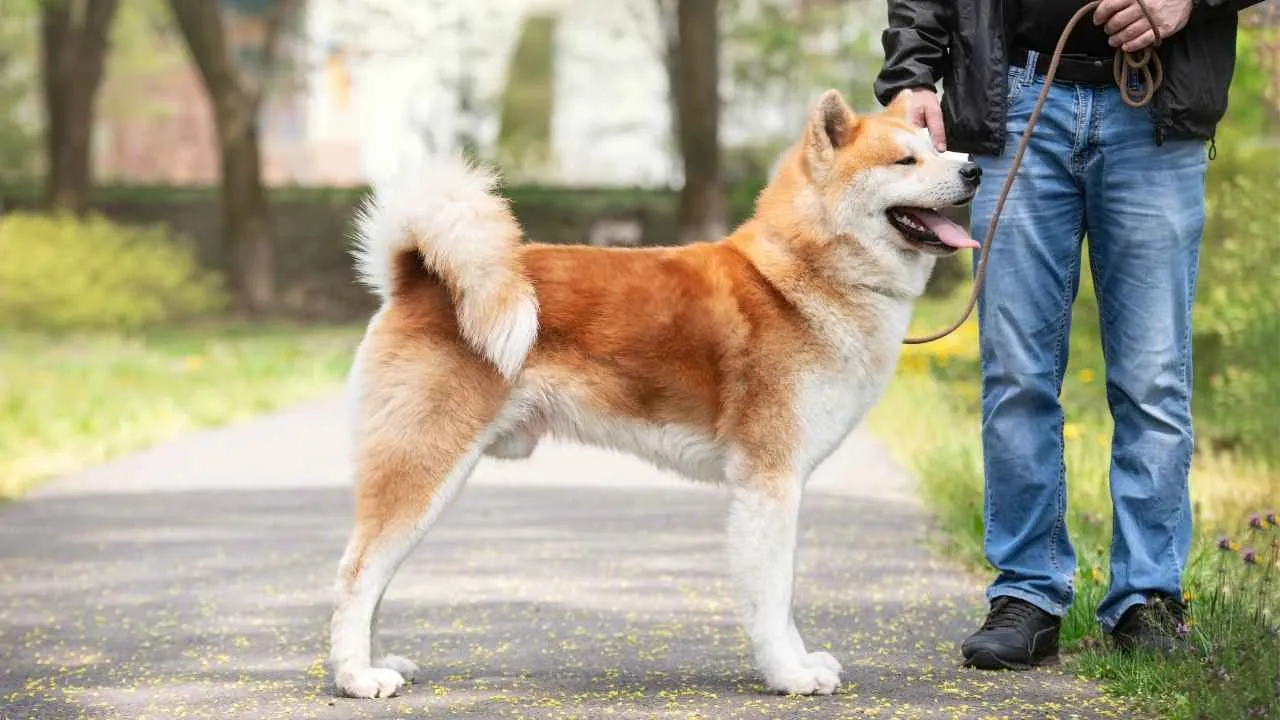
If a wolf had a cousin that moonlighted as a stoic bodyguard, it would be the Akita. These powerful, dignified dogs are fiercely loyal, impressively independent — and yes, fur-nomenally fluffy.
The Akita is a powerful, double-coated breed with deep roots in Japan. In their homeland, these dignified dogs are more than pets—they’re cherished as guardians of the family and symbols of good fortune, health, and longevity.
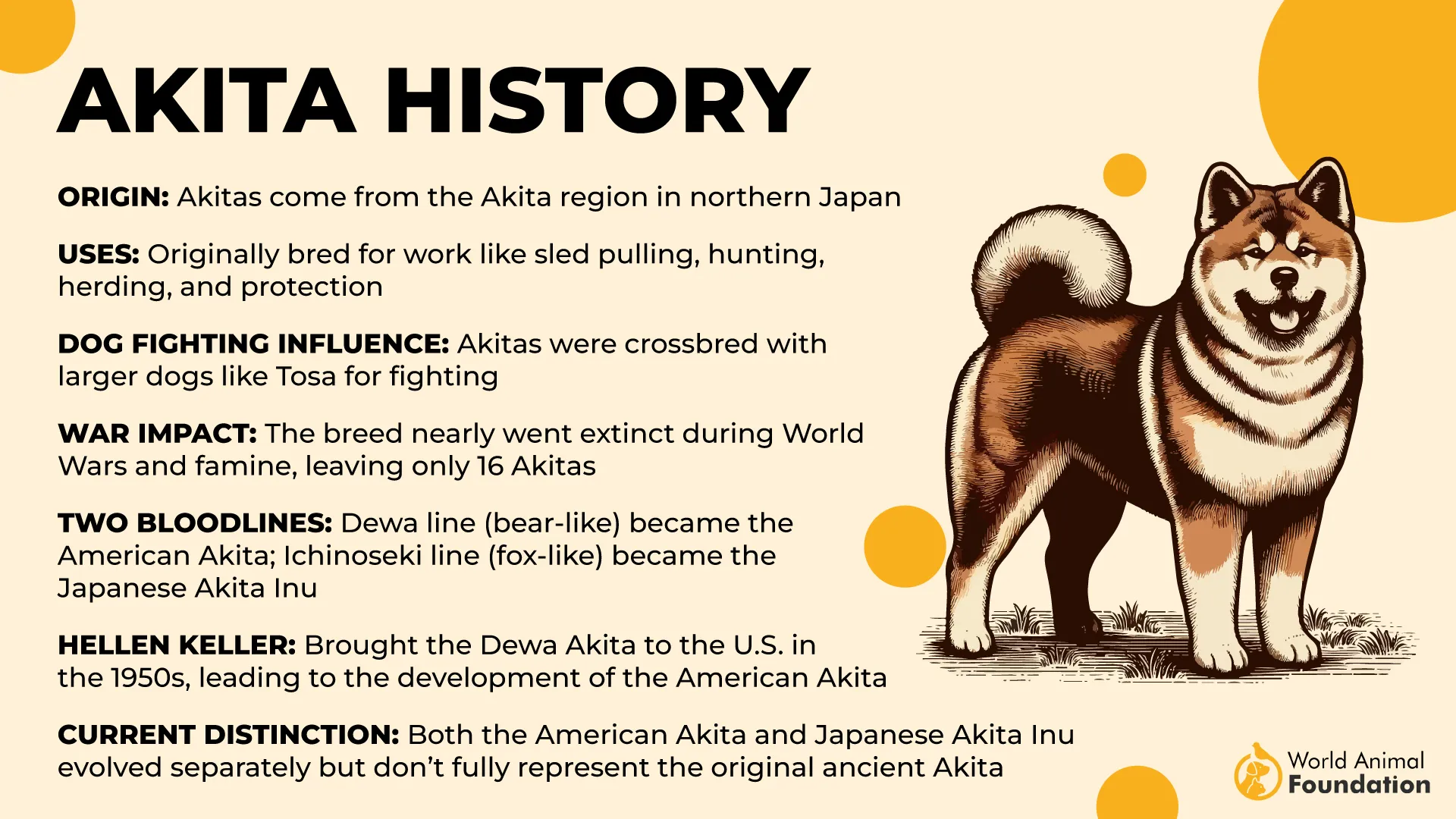
Do Akitas shed?
Oh, just enough to make you wonder if your carpet is growing hair. Akitas have a thick double coat that sheds year-round, but during shedding seasons (typically spring and fall), it can look like a fur-nado hit your living room.
The good news? If you’ve got grooming tools, patience, and a strong vacuum cleaner, you’ll survive. The bad news? That black outfit you were going to wear… maybe pick something more fur-forgiving.
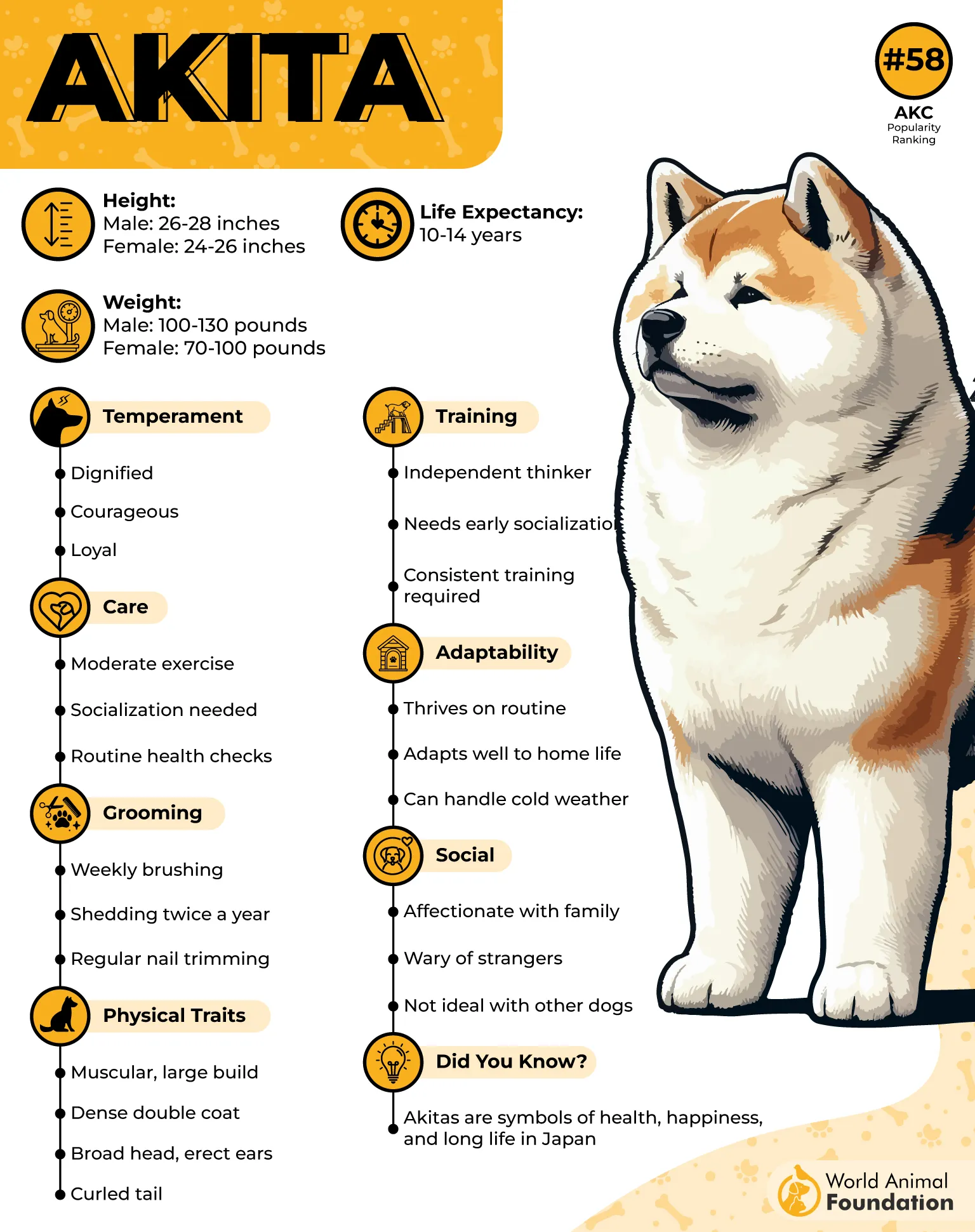
According to the American Kennel Club (AKC), Akitas are deeply devoted to their humans and thrive on companionship, but their strong, independent nature and protective instincts mean early socialization is key.
From puppyhood, they need positive exposure to people and other dogs to grow into well-rounded family guardians.
Pro Tip: Brush your Akita weekly — daily during coat-blowing season. And consider naming your vacuum.
2. Bernese Mountain Dog
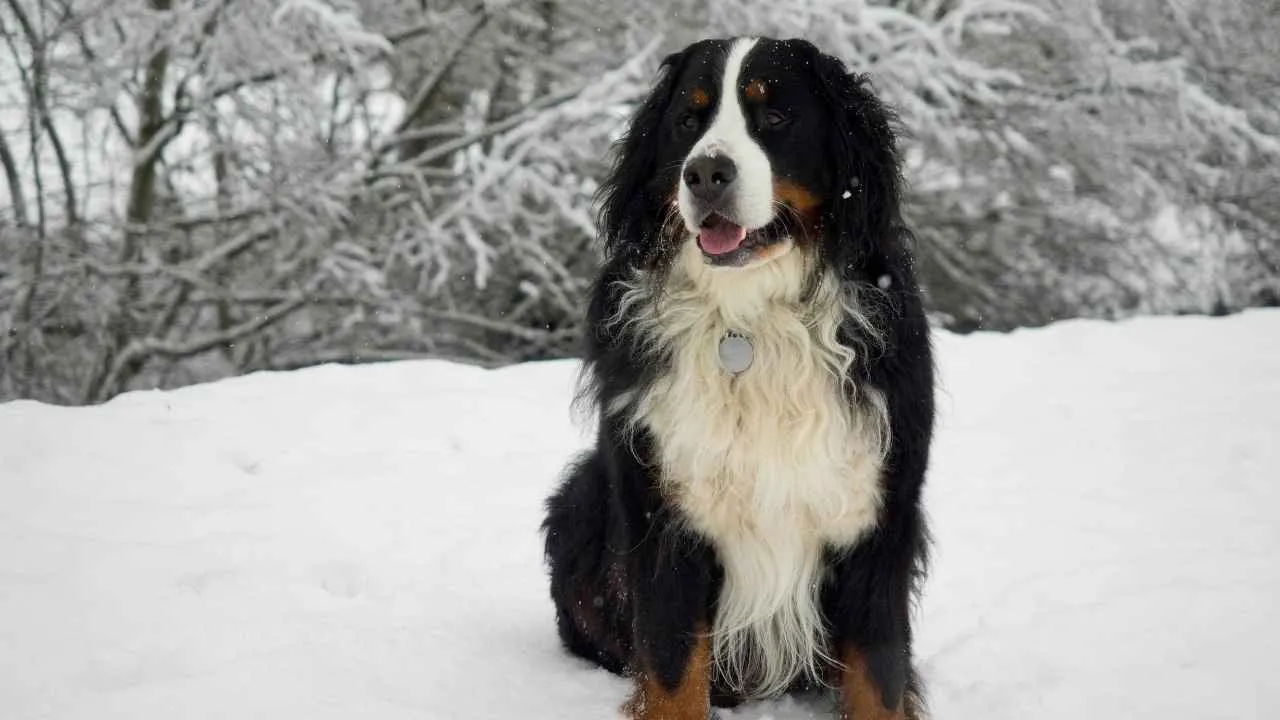
Majestic, affectionate, and the definition of a gentle giant, the Bernese Mountain Dog is a fan favorite for families — if those families don’t mind a bit of fuzz on literally everything.
These dogs don’t shed — they shed with passion.
Berners have a luxurious fluffy tri-color double coat that sheds all year round, with two major “coat explosions” annually: one in the spring and one before winter. You’ll know it’s happening when your home begins to resemble a fur-lined snow globe.
But hey, with all that hair comes all that heart. Berners are known for their sweet temperament, kid-friendly nature, and giant hugs — just maybe keep a lint roller in every room.
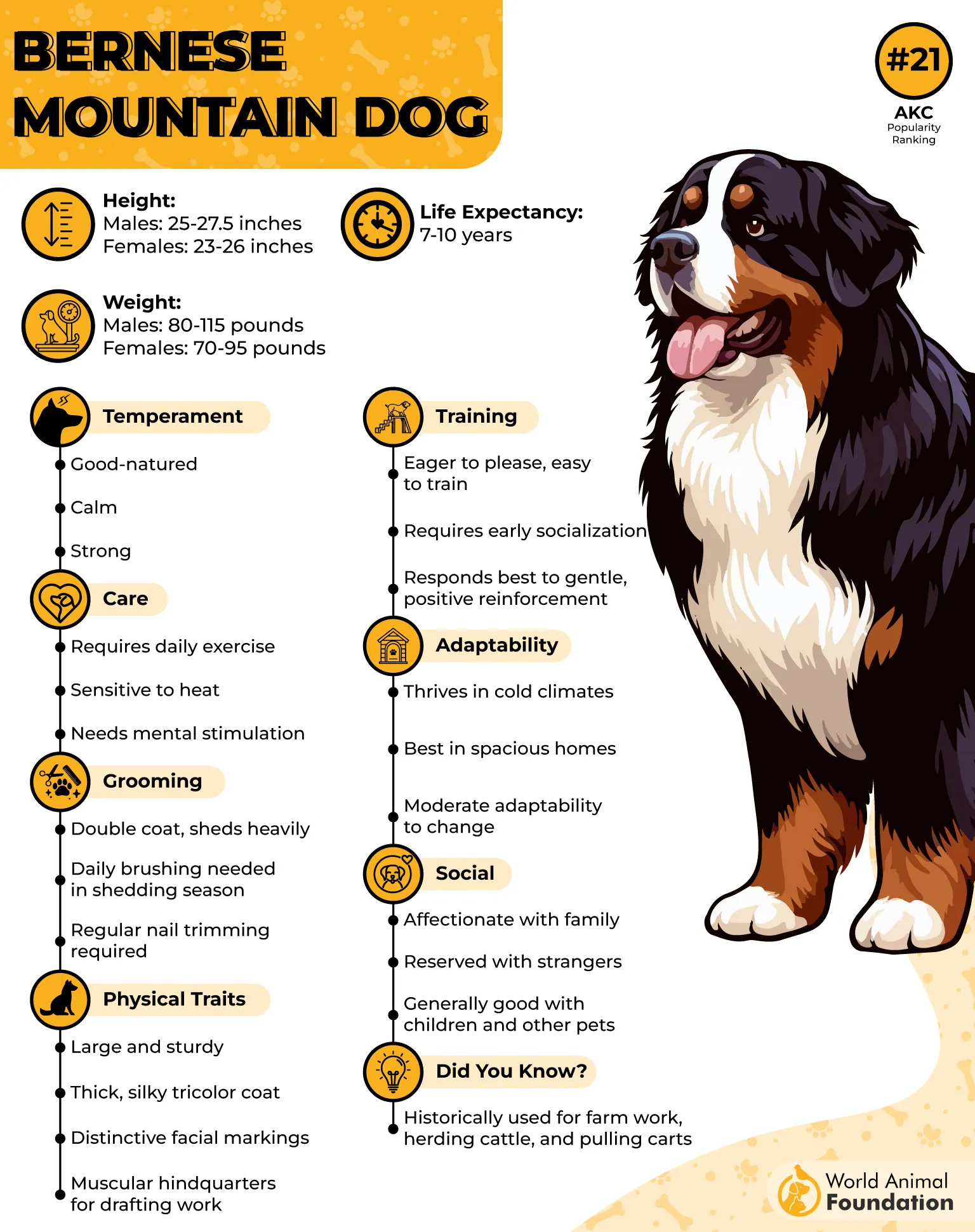
Pro Tip: Regular brushing not only reduces shedding, it turns into a great bonding session (plus, it keeps fur from creating a second dog on your sofa).
Bernese Mountain Dogs are likely to be among the top 10 most shedding breeds. They are best suited for those who don’t mind dog hair around the house and on clothes. These dogs shed year-round, with two major shedding periods, often referred to as “blowing their coat”—in the spring and just before winter.
3. Chow Chow
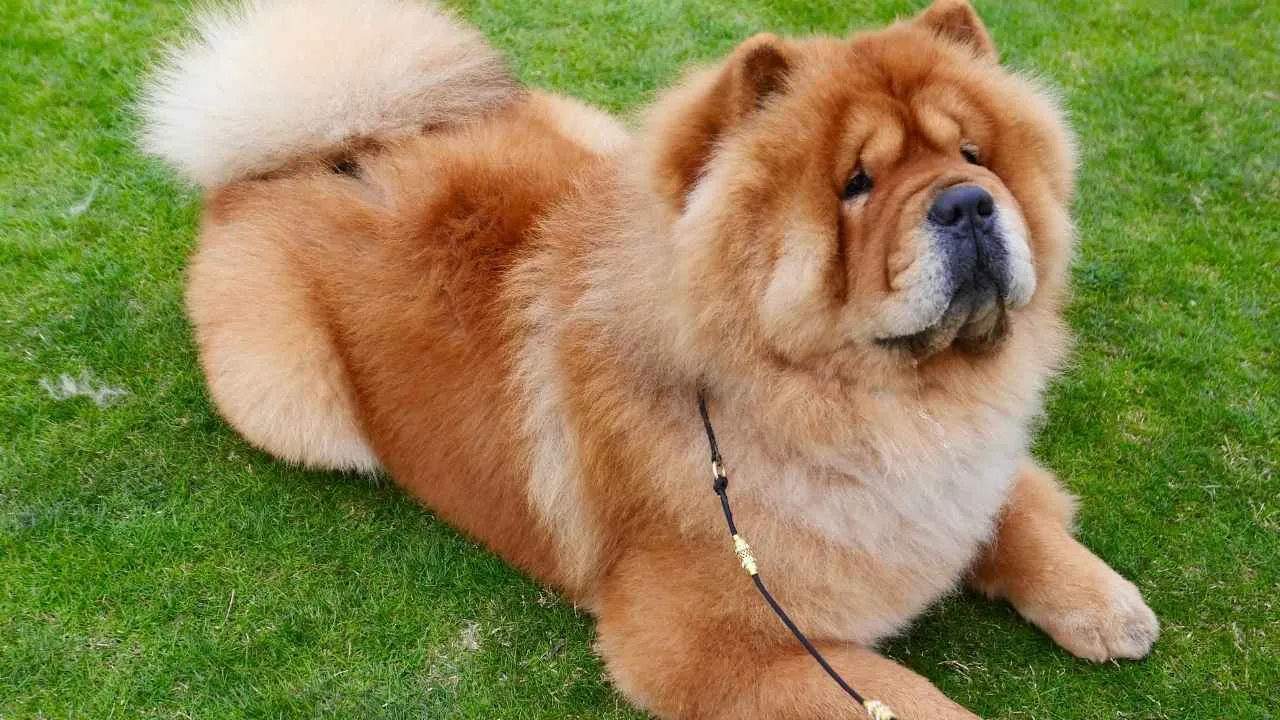
Meet the Chow Chow — China’s answer to a living, breathing teddy bear. With their squishy faces, lion-like manes, and deeply loyal hearts, they’ve won over dog lovers around the world. But here’s the not-so-cute part: these adorable fluffballs shed like it’s their full-time job… and business is booming.
Year-round? Oh, absolutely.
Seasonal spikes? You bet.
Triggered by the moon and tides? Honestly, wouldn’t be surprised.
Their thick double coats are more than just for show — they’re the main character in your daily cleaning routine. If anyone in your house has allergies, this dog might just be public enemy number one. But if you’re the type who doesn’t mind finding fur on your toothbrush (true story), the Chow’s majestic charm may still be worth it.
Pro Tip: Groom like you mean it. And keep your vacuum on speed dial.

The Chow Chow, a Chinese dog breed known for its bear-like cuteness and loyalty, has become increasingly popular in the West. However, if anyone in your household is allergic to dogs, the Chow Chow’s shedding may pose a concern. With their thick double coats, Chow Chows shed heavily throughout the year, making them one of the top 5 heaviest shedding dog breeds. Their shedding can intensify depending on seasonal changes, health, nutrition, and grooming care.
Chow Chows have a low-maintenance personality, often requiring little attention or affection. In fact, they can be quite aloof at times. Chow Chows are deeply devoted dogs that form strong bonds with their owners, making them loyal and loving companions.
Petplan notes that Chow Chows can be strong-willed and stubborn, making them less suitable for novice owners.
Due to their heavy coats, Chow Chows are prone to overheating during the summer months, so they need access to shaded outdoor areas to stay cool.
4. Great Pyrenees
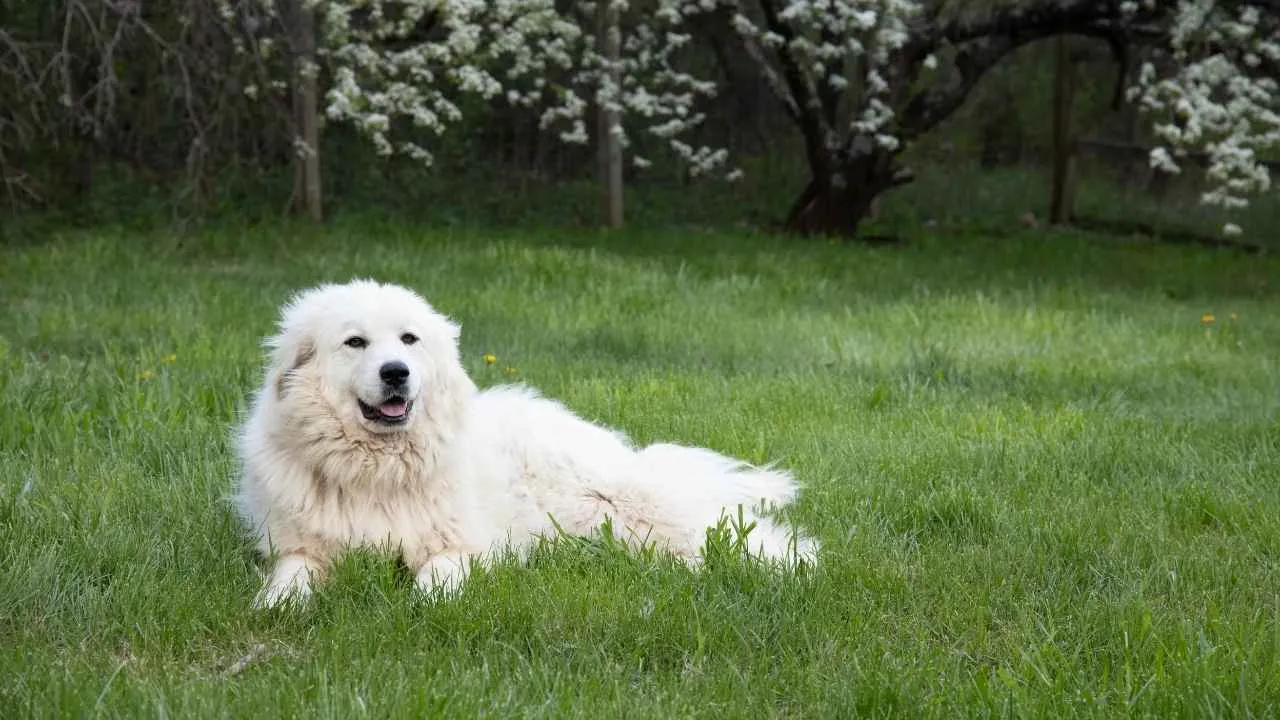
The Great Pyrenees is a gentle giant, a livestock guardian, and an all-around cuddle magnet — if you don’t mind looking like you’ve been hugged by a yeti. These dogs are built for the mountains, and their coats reflect that: thick, weather-resistant, and falling out at a rate that’ll leave you wondering if your couch is growing fur.
The Great Pyrenees is a composed and dignified breed, deeply loyal to its family, including respectful children. Typically affectionate, gentle, and dependable, these dogs also possess a strong protective instinct and will step in to guard their loved ones and home if the situation calls for it.
According to Hill’s Pet, the Great Pyrenees was bred to guard sheep in mountain valleys, so they are naturally independent and comfortable being left alone.
They’re technically labeled as “medium to heavy” shedders — but ask any Pyrenees owner, and they’ll tell you it feels like “apocalyptic blizzard” levels of fur some days.
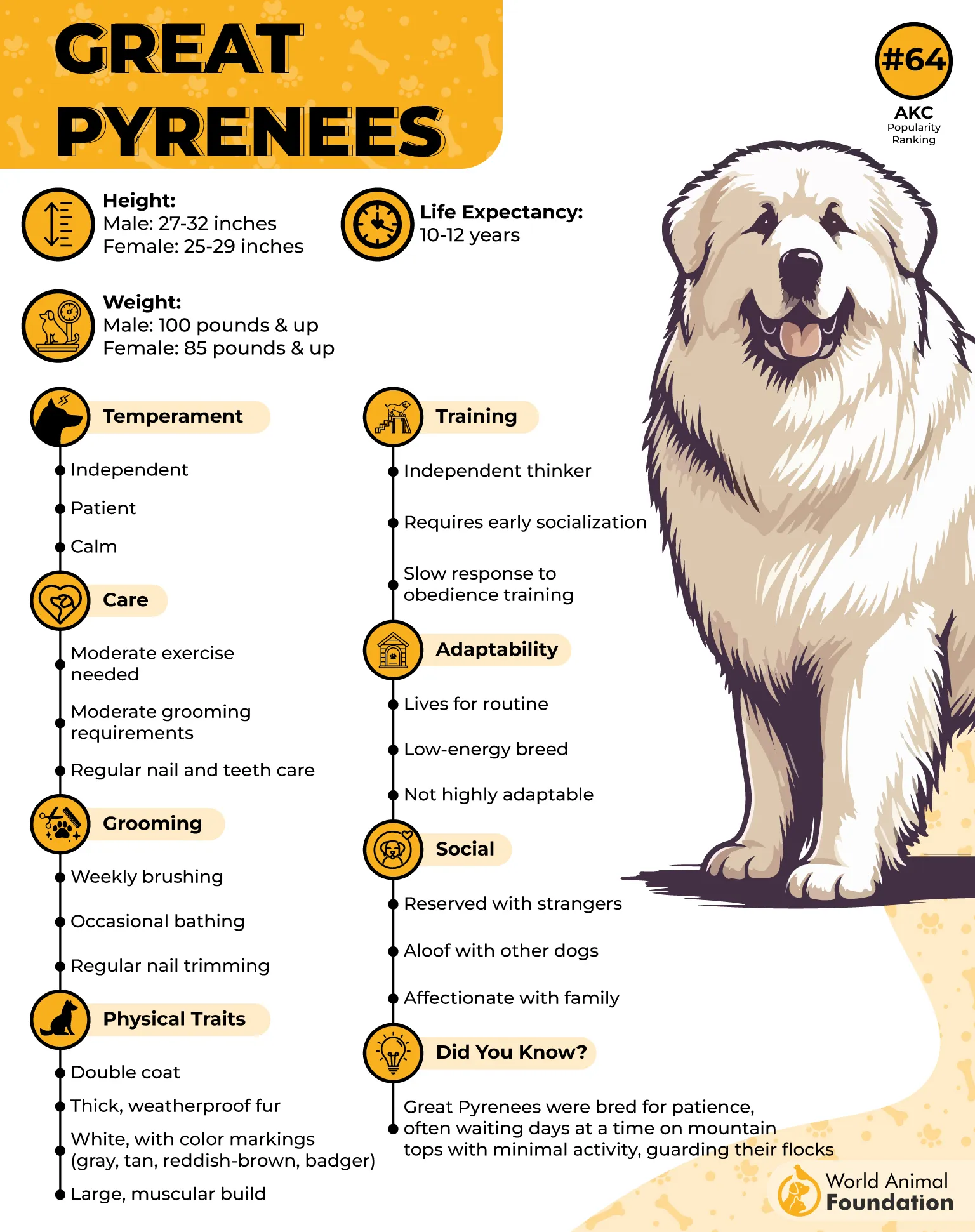
They’re not the worst in the shedding world, but they’re definitely trying. Especially in spring when they blow their coats, which is basically their polite way of saying, “Your floors looked too clean.”
Great Pyrenees typically live between 10 and 12 years, which is slightly above average for dogs of their large size and build.
The Great Pyrenees’ gentle demeanor makes them suitable for families with children who know how to interact with dogs. However, they may be better suited to homes without smaller children, as a 100-pound dog could accidentally cause harm with a simple bump.
Pro Tip: White hair on black clothes is now your signature look. Own it.
5. Saint Bernard
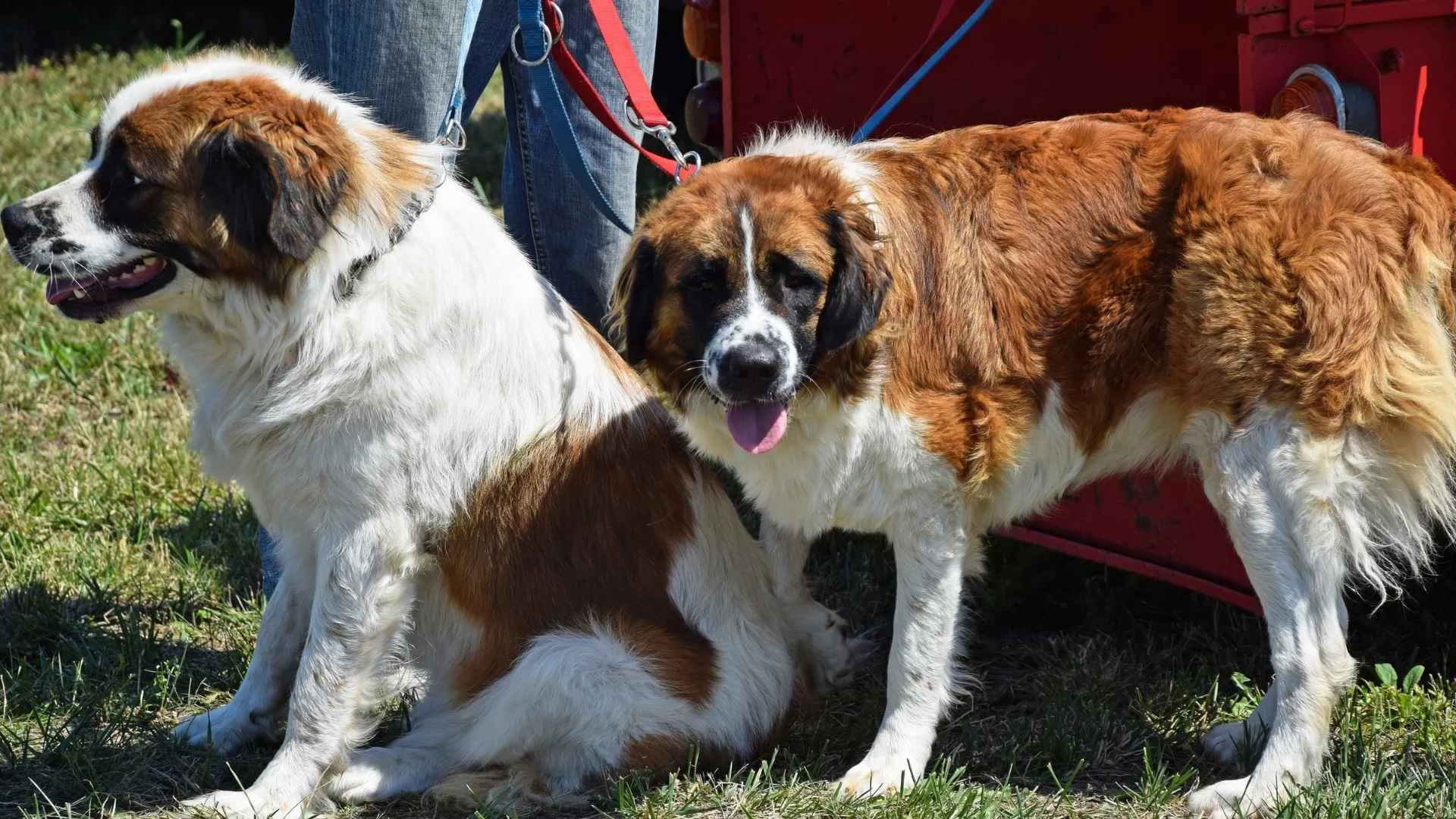
The Saint Bernard is a massive working breed originating from Switzerland, known for its short to medium-length coat that commonly appears in brown and white, often accompanied by distinctive black facial markings.
Their friendly nature, strong desire to please, and hardworking temperament have long made Saint Bernards exceptional choices for search-and-rescue missions as well as service dog roles.
The Saint Bernard is the gentle giant of your drool-soaked dreams — sweet, loyal, and just big enough to accidentally knock you off your feet during a hug. But here’s the scoop: no matter the coat type (short or long), this dog sheds like it’s trying to clone itself.
Think of it as a package deal:
Giant size ✅
Slobbery kisses ✅
Enough hair to knit a sweater every week ✅
And let’s not forget the drool. Between the shedding and the slobber, your home will never be hairless — or dry — again. But if you’re into living life covered in fluff and affection, Saint Bernards are lovable mountains of joy… and fur.
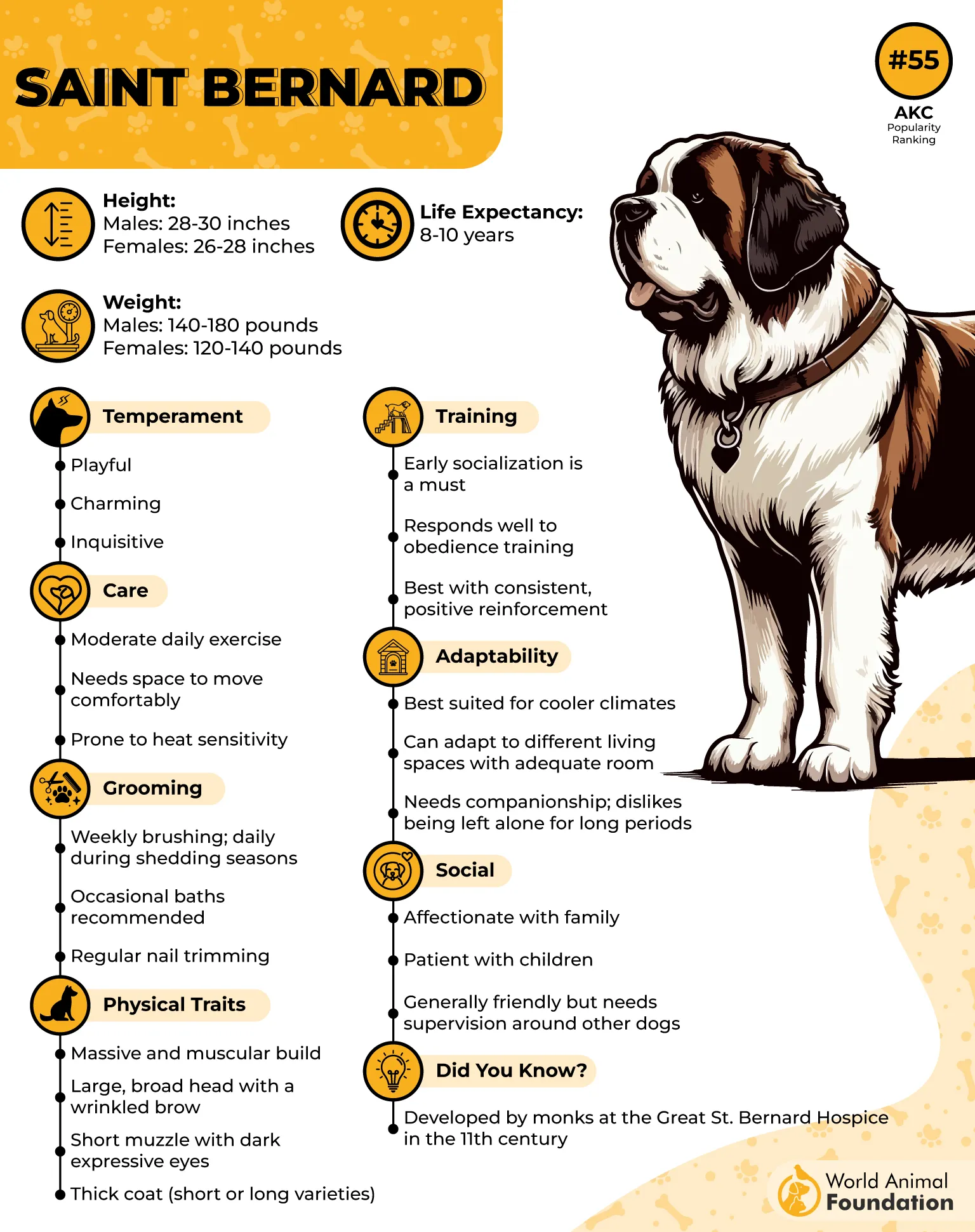
While Saint Bernards are typically laid-back and gentle in nature, they still require regular physical exercise and mental enrichment to maintain their health and overall well-being.
Saint Bernards are typically eager to please and respond well to training. It’s important to use positive training methods, as they can be sensitive to harsh corrections. Some Saint Bernards may be prone to separation anxiety, as the breed enjoys being with their family as much as possible.
Pro Tip: Keep a towel for drool and a lint roller for life.
6. Siberian Husky
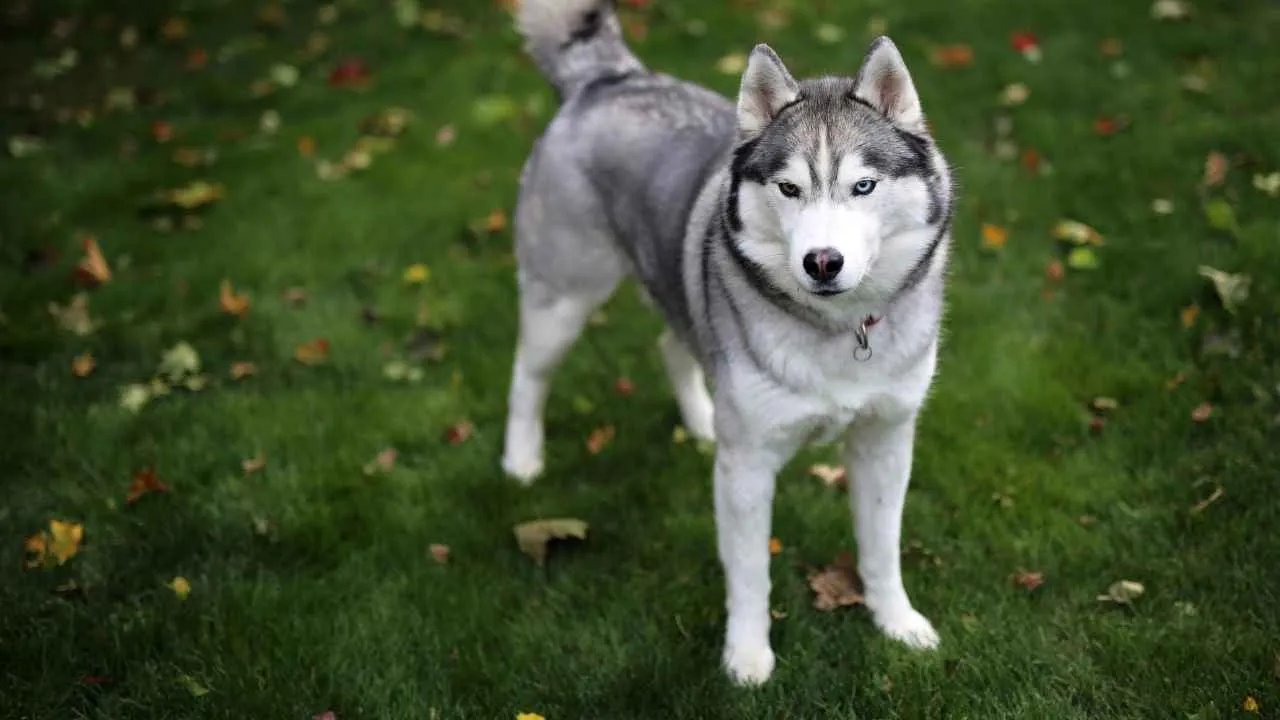
Ah, yes, the Siberian Husky — proof that beauty and chaos can coexist. Known for their hypnotic blue eyes and wolf-like appearance, these dogs are also known for turning your living room into a snow globe.
Huskies are friendly dogs that generally get along well with kids and other pets, but they are also very intelligent and strong-willed.
That glorious, plush double coat? It was designed for freezing Siberian winters — not your apartment. But good luck convincing your Husky of that. He’ll still blow that coat with dramatic flair twice a year and sprinkle your belongings with hair year-round like he’s Oprah handing out free cars.
You get hair! You get hair! EVERYBODY GETS HAIR!
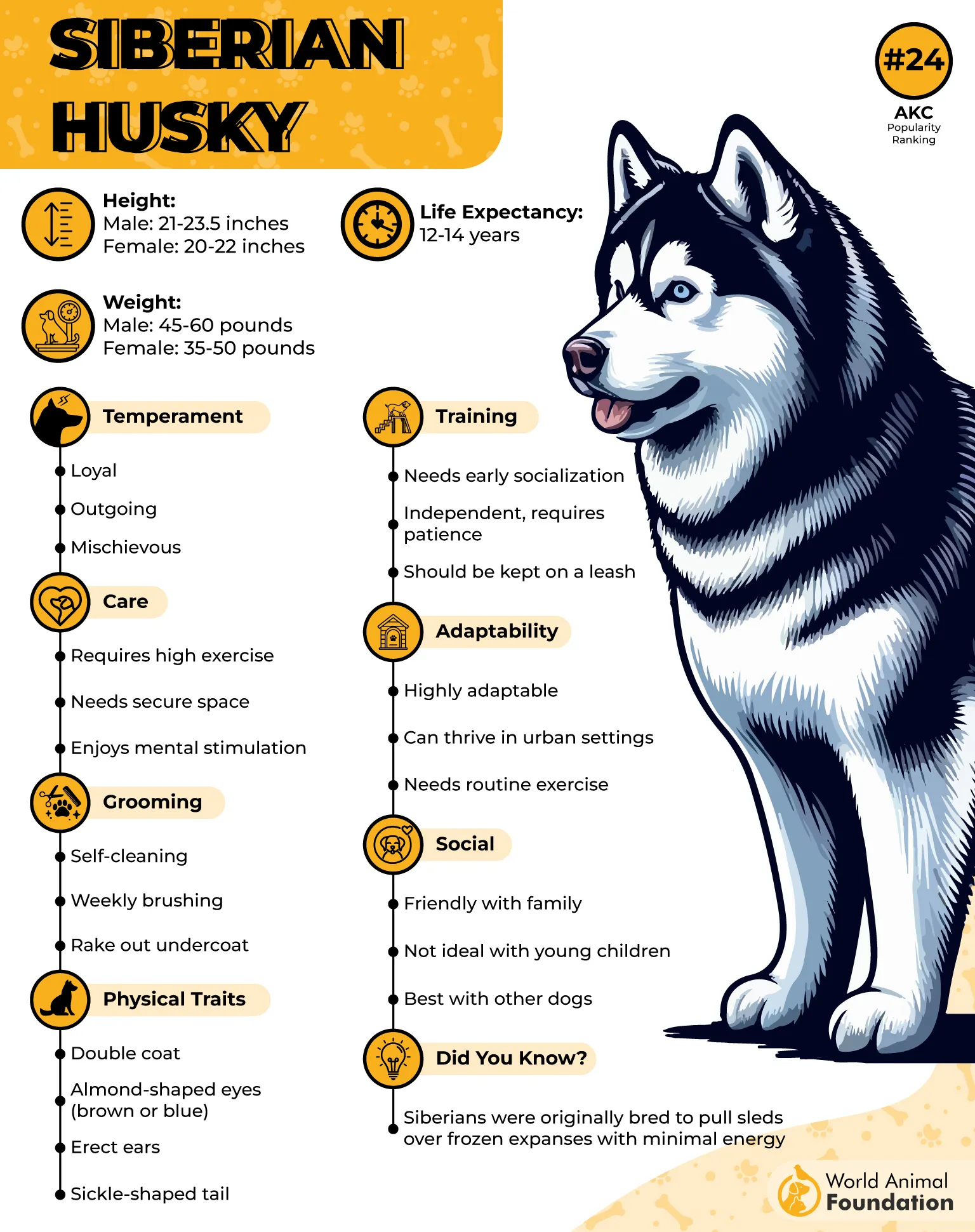
Huskies were bred as active working dogs, so they thrive in homes with active families that can provide at least 40 minutes of exercise daily.
Siberian Husky puppies are not ideal for homes with shared walls or nearby neighbors due to their love for vocalizing loudly. These dogs tend to howl, sing, and bark frequently.
Pro Tip: A de-shedding brush and a good sense of humor are absolute must-haves.
7. Samoyed
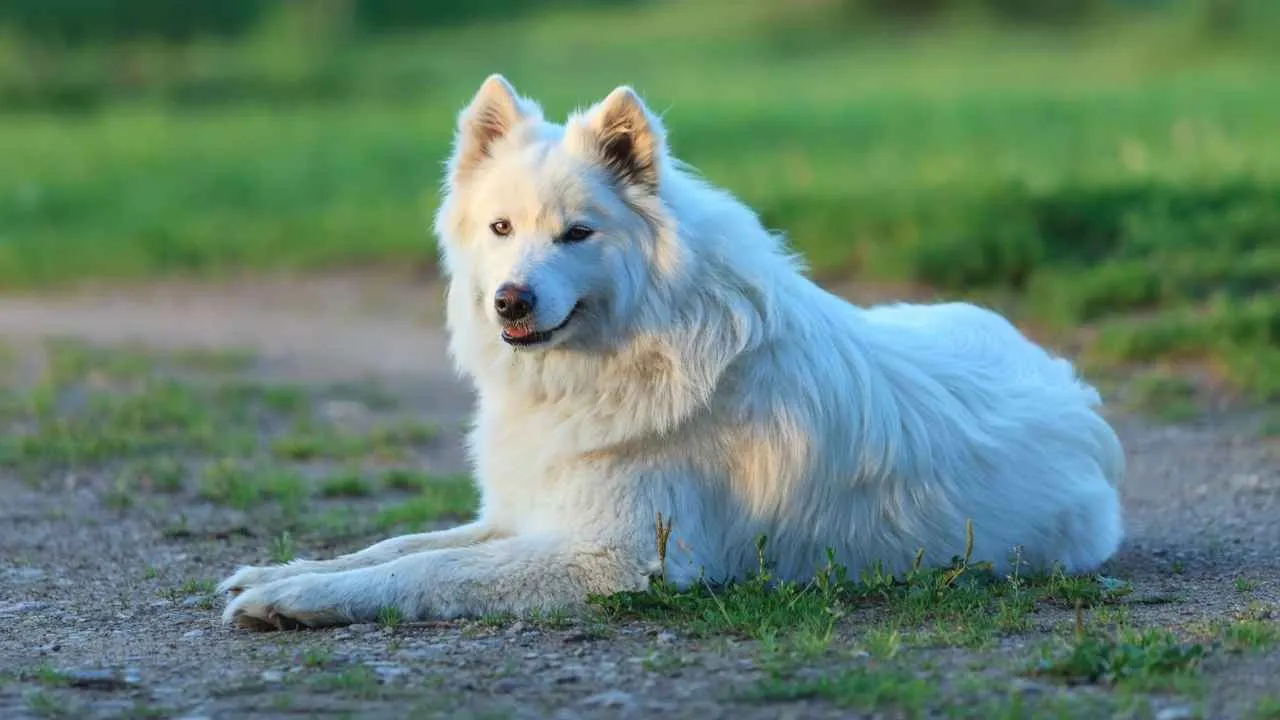
Samoyeds — or as fans call them, “Sammies” — are what happens when cotton candy becomes a dog. These snow-white floofs are incredibly friendly, impossibly cute, and absolutely committed to shedding enough to cover every surface in your home.
Bred for Siberian temperatures, their thick double coat was made to battle snowstorms — so yes, your vacuum is going to hate you. Twice a year, they “blow” their coat, and if you’re not ready, it might blow your mind too. Still, it’s hard to be mad at a dog that smiles while turning your house into a winter wonderland.
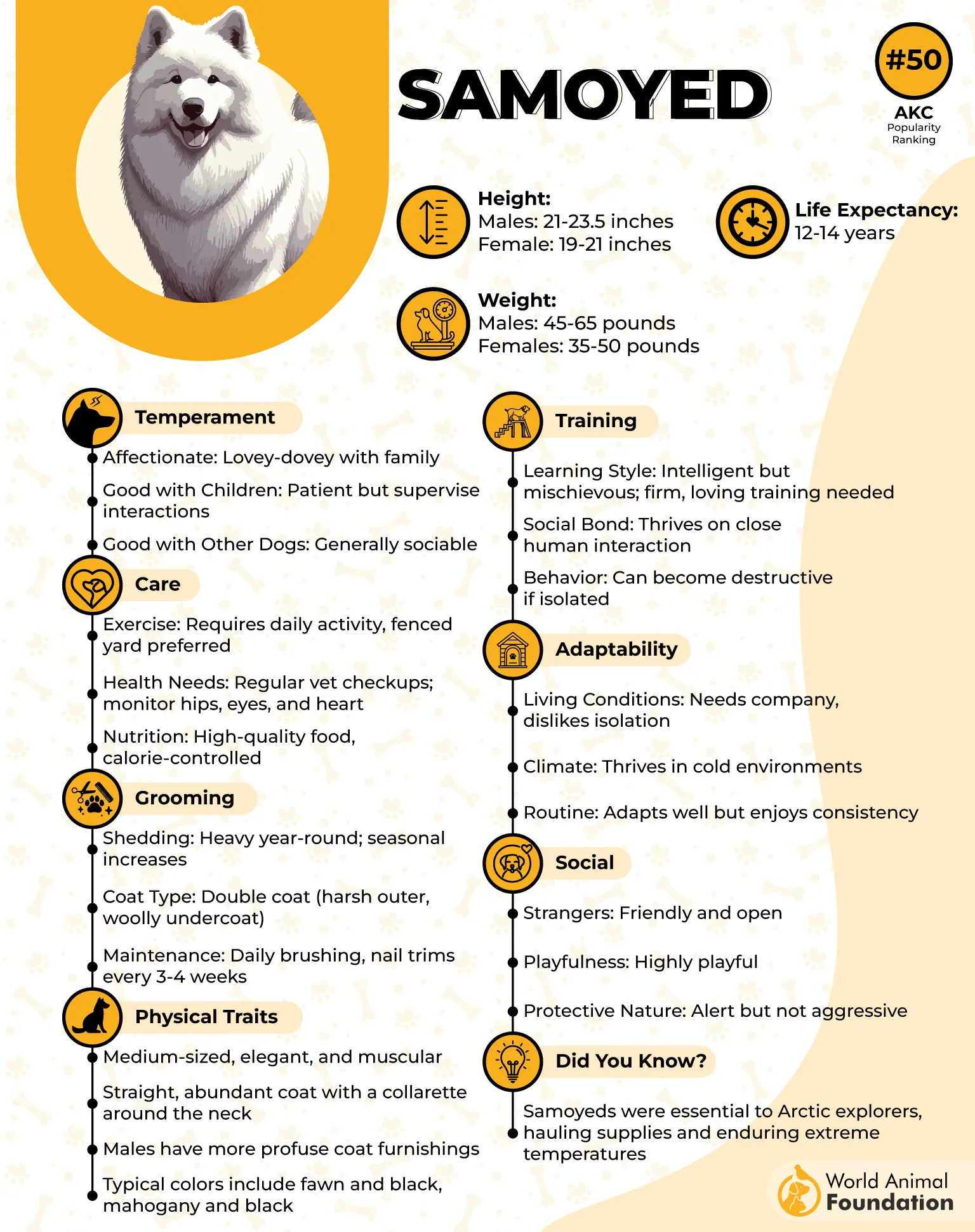
The Samoyed’s temperament can make them a great companion for first-time pet parents, as long as they are prepared to meet the breed’s high exercise and grooming needs. Samoyeds require daily brushing and do not tolerate hot temperatures well.
These medium sized dogs are adaptable dogs that can get along well with other dogs, cats, and children, provided they receive the right socialization and introductions.
These dogs are best known for their skills in pulling sleds, herding, agility, and hunting. They require regular exercise, at least two hours a day, and are playful pups that enjoy being around people and other dogs.
Pro Tip: Brush often. And maybe warn guests that hugging your Samoyed = wearing a white fur coat home.
Conclusion
There are other high-shedding dog breeds—such as the Labrador Retriever, German Shepherd, Golden Retriever, Alaskan Malamute, American Eskimo Dog, and both the Pembroke Welsh Corgi and Cardigan Welsh Corgi— known for their dense double coats and can shed heavily, especially during shedding seasons. While excessive shedding may seem overwhelming, it’s often a normal process that varies by coat type and can be managed with proper care.
Frequent brushing and regular grooming are essential to control shedding, reduce pet hair around the home, and maintain coat health. This is particularly important for long haired breeds and those with a short coat that still experience heavy shedding. With regular brushing and a good grooming routine, even clean dogs prone to shedding can stay comfortable and healthy. It’s also important to note that sudden or unusual hair loss could indicate underlying health issues, so regular checkups are key.
Choosing a high-shedding breed doesn’t mean compromising on companionship—these furry friends can still make loving pets. It simply requires a commitment to maintenance and understanding the grooming needs of dog breeds that shed.


